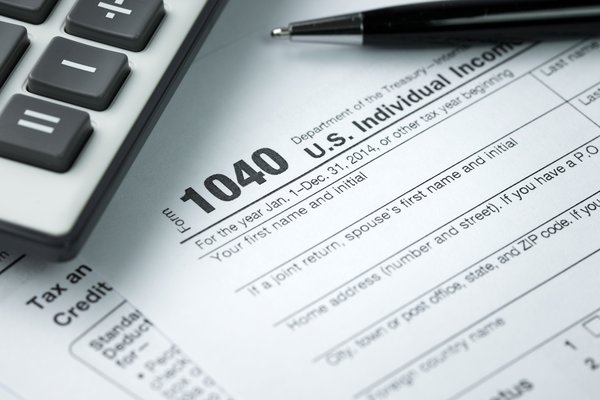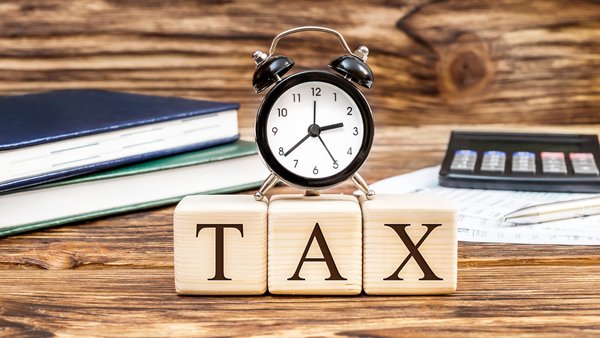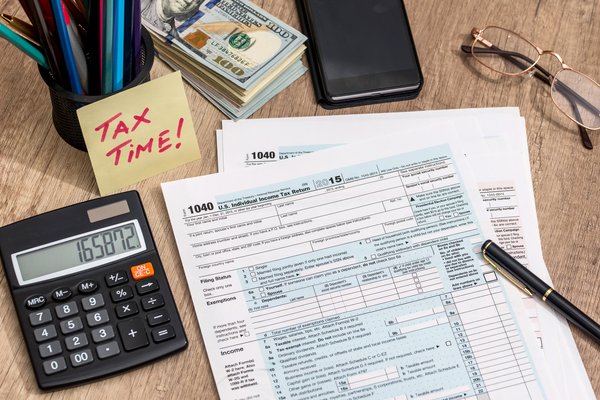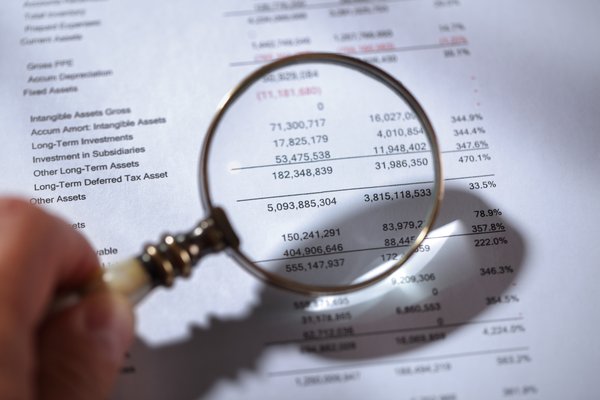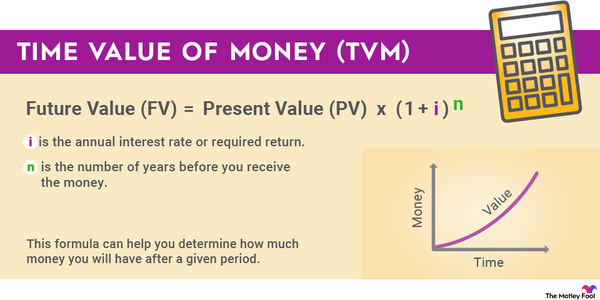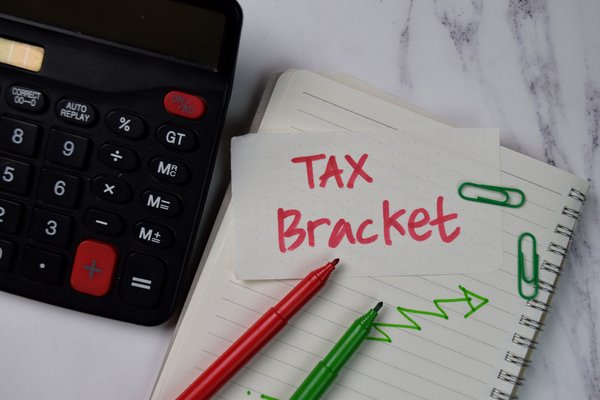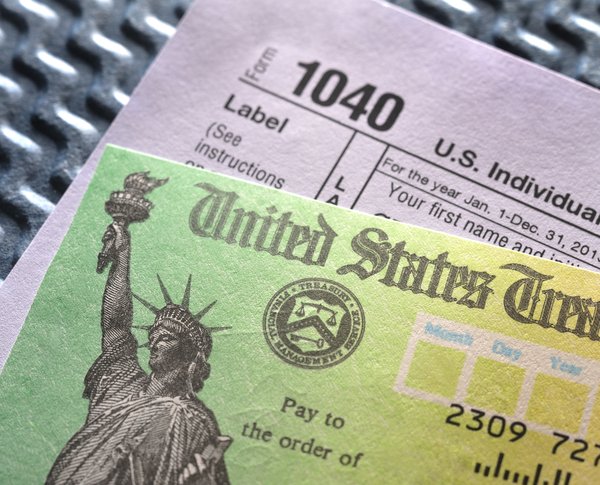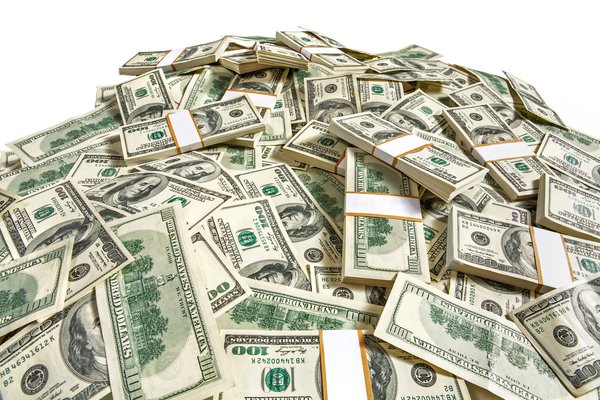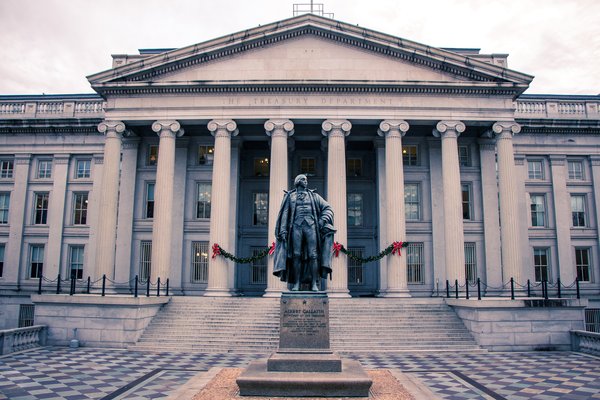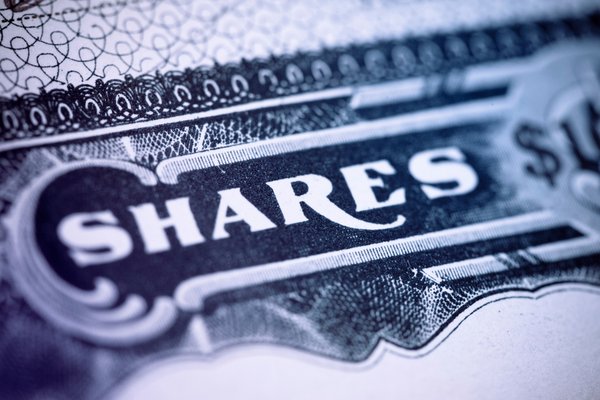Tether (USDT 0.01%) is a stablecoin pegged to the U.S. dollar. That means 1 USDT is designed to have a value of $1, and it normally does, although there have been price fluctuations in the past.
Stablecoins are useful for people who want to hold a digital currency that will maintain a consistent value and is backed by an asset. Tether is extremely popular for this, but it's also arguably the most controversial stablecoin. We'll cover that and everything else you need to know about Tether in this guide.

What makes Tether unique?
What makes Tether unique?
There are many stablecoins out there, and quite a few of them are pegged to the U.S. dollar. Although it effectively offers the same thing as these competitors, the popularity of Tether (and one of its main competitors, USD Coin (CRYPTO:USDC)) sets it apart.
Tether has a bigger market cap than any other stablecoin. More importantly, it has a much higher daily trading volume. In fact, Tether routinely has the highest 24-hour trading volume of all cryptocurrencies, so it plays a huge role in the digital token ecosystem.
The advantage that stablecoins have over other types of cryptocurrency is that, under normal circumstances, they maintain a predictable price range. They're not volatile, so they're used differently than the cryptocurrencies that people buy as an investment. Here are the most common ways to use stablecoins such as Tether:
- Sending money digitally to another party anywhere in the world.
- Transferring your own funds between crypto exchanges.
- Lending out your stablecoins to earn high interest rates (some lending platforms pay more than 10%).
- Storing funds on an exchange so you can quickly trade them for other cryptocurrencies.
Tether's popularity and high trading volume make it easier to use than other stablecoins. For example, if you want to buy, sell, or trade Tether, it's available on most of the top crypto apps. And the trading volume means that you shouldn't have trouble using your Tether.
Although USDT is Tether's biggest crypto token, it also has tokens pegged to the euro, yuan, and gold.
Where Tether came from
Where Tether came from
Brock Pierce, Reeve Collins, and Craig Sellars founded Tether in 2014. The project was originally called Realcoin, but they changed the name to Tether shortly after launch. The company behind Tether, Tether Limited, is responsible for issuing it and managing the reserves.
Bitfinex was the first major crypto exchange to offer Tether trading, which started in January 2015. Although Bitfinex and Tether Limited are separate entities, leaks from the Paradise Papers in 2017 revealed that Bitfinex officials set up Tether Limited. In 2018, a spokesperson for both companies said they share the same CEO.
How Tether works
How Tether works
Tether is a crypto token that's issued on several major blockchains. The goal of Tether is for 1 USDT to be interchangeable for $1. To accomplish that, Tether Limited maintains reserves to back the tokens that it issues.
For Tether Limited to mint 1,000 USDT, it needs to have $1,000 in its reserves, ensuring that if buyers want their money back, they can get it. Although that's how Tether is supposed to work in theory, the reality is a little more complicated; there have been issues with Tether Limited's trustworthiness regarding its reserves. The company originally claimed that every USDT was backed one-to-one by $1. That turned out to be false.
A lawyer for Tether Limited said in 2019 that 74% of USDT tokens were backed by cash or cash equivalents. But when Tether Limited provided a breakdown of its reserves in 2021, only 2.9% of USDT tokens were backed by cash. The rest of its reserves consisted of secured loans, corporate bonds, and commercial paper.
To sum it up, Tether Limited claims that all USDT is 100% backed by the company's reserves. These reserves are a mix of assets, so it's not all cash. It's also worth noting that there's no legal guarantee a USDT token will be redeemable for $1.
Connections
Connections
Since it has been around for years, Tether has established a variety of connections and partnerships.
Its most notable connection is to the cryptocurrency exchange Bitfinex. The same people control the exchange and Tether.
Tether has been integrated onto several blockchains, which has helped it become widely available. Here are the blockchains that currently support Tether:
- Bitcoin (BTC -1.34%)
- Ethereum (CRYPTO:ETH)
- TRON (TRX 0.52%)
- EOS (EOS -3.65%)
- LIQUID (CRYPTO:LIQUID)
- Algorand (ALGO 2.42%)
- Bitcoin Cash (BCH 4.46%)
- Solana (CRYPTO:SOL)
One of the more interesting recent partnerships for Tether is with the Swiss city of Lugano. In March 2022, Tether Limited signed a partnership agreement with Lugano to use blockchain technology in the local community. This will allow the city's companies and citizens to pay taxes in Tether.
Can I make passive income with Tether?
Can I make passive income with Tether?
You can make passive income with Tether through crypto lending programs. One option is to deposit your Tether with a decentralized lending protocol such as Aave (AAVE -1.32%) or Compound (COMP -3.75%). These decentralized finance (DeFi) platforms allow you to lend crypto without signing up for an account.
There are also crypto exchanges that have their own lending programs. Exchanges that let you earn interest by lending Tether include Celsius and KuCoin. Note that U.S. residents are prohibited from using KuCoin.
Unique risks
Unique risks
The biggest issue with Tether has been the questionable business practices behind it. As mentioned earlier, Tether Limited misrepresented its reserves in the past. For several years, it was reluctant to share detailed information on those reserves.
Tether Limited also ran into legal issues due to its relationship with Bitfinex. In 2019, the New York Attorney General sued the two companies. It alleged that in 2018, when $850 million in Bitfinex's funds went missing, it used $700 million from Tether's reserves to help cover the loss. Although the companies didn't admit any wrongdoing, the owner paid an $18.5 million fine in 2021.
To be fair, Tether has aimed to be more transparent. It now publishes regular reports on its reserves and includes information about them on its website. However, there are still people who don't trust it due to the previous missteps.
Is Tether a good investment?
Tether isn't exactly an investment because it's designed to maintain a price of $1. The value won't increase like other cryptocurrencies and cryptocurrency stocks.
As previously noted, you could use Tether to generate passive income. There are plenty of lending platforms available that will pay you competitive interest rates for your Tether. It's one way to earn more interest than you would through a typical savings account.
Keep in mind that this is far from risk-free. Your Tether isn't insured or guaranteed like money in a bank account. Although Tether has generally maintained its $1 value, that could change in the future.
How to buy Tether
How to buy Tether
To buy Tether, sign up for an account with a cryptocurrency exchange that offers it. Since it's one of the largest cryptocurrencies, there are several good places to buy Tether.
After you've registered, deposit money to your account. At most exchanges, the cheapest way to deposit money and buy crypto is through a bank account transfer. From there, you can make your purchase.
When people think of stablecoins, Tether is one of the first names that comes to mind. Despite its issues, it's a very popular choice used for crypto lending and trading.








